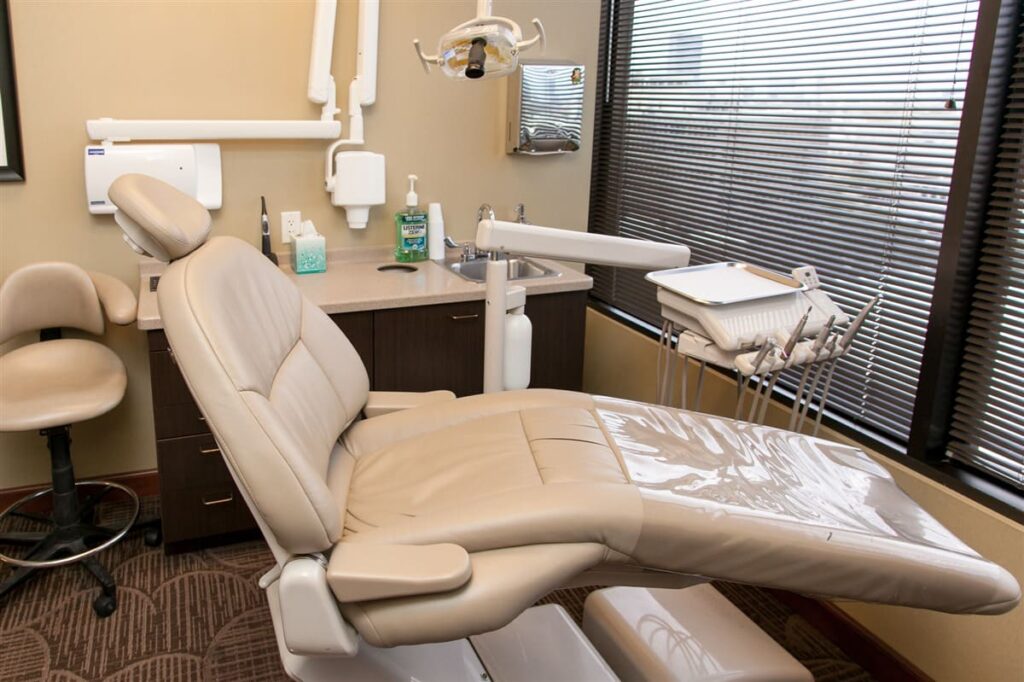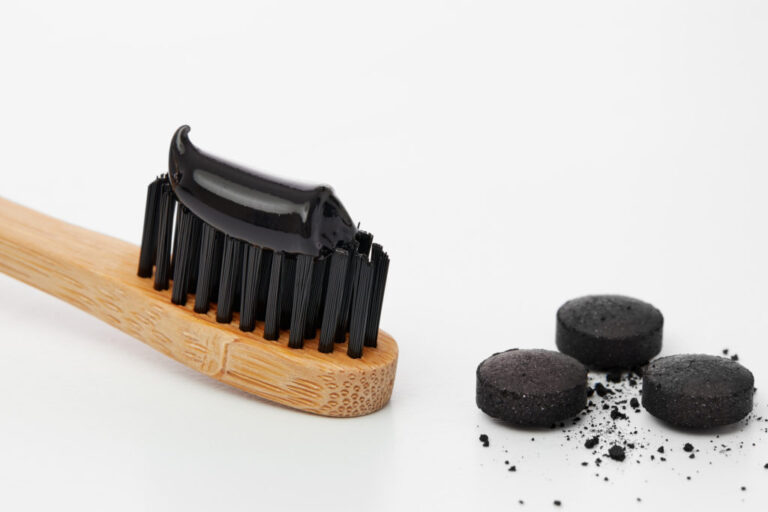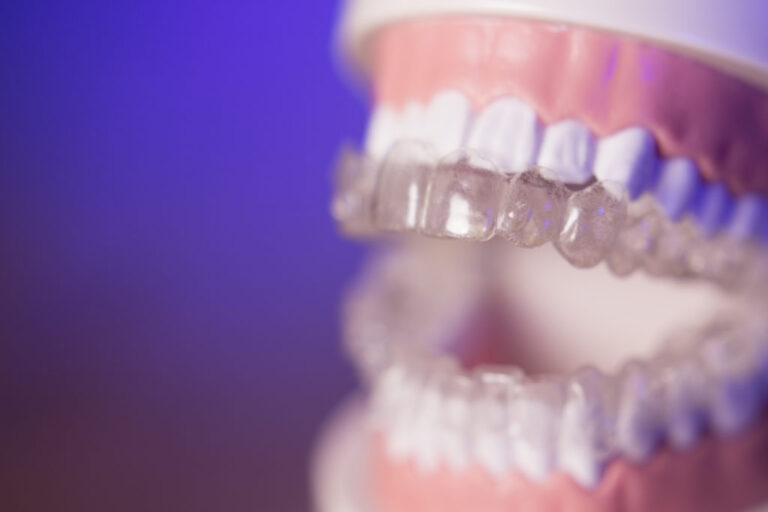A: Whenever we get into pain and what’s painful for one person to another, that’s a very subjective subject. However, generally speaking, a veneer does not hurt. Like any dental procedure such as fillings, we will numb you with an anesthetic so that we can do a bit of drilling. But, ultimately, you don’t find patients hurting from a veneer. If there is any pain, it’s usually less than a 10-24 hour issue.
Have you considered getting a dental veneer in Houston? If so, you probably have at least a dozen questions regarding the procedure. When patients ask us about a veneer, their biggest concern seems to be if the procedure hurts. This is a very often asked and expected question as the procedure does involve removing some of the tooth surface.
That can be a scary thought for any patient, however, when you actually get the procedure done it’s more in the mind than anything. So, let’s dig into the million-dollar question− does getting a veneer hurt?
Minor Pain From Enamel Removal For Fitment Of A Veneer
Of the entire process, this first step is the one where minimal pain may be felt by a small sampling of patients. However, typically these patients also tend to have sensitive teeth as it is, so, understandably, a dental bur might hurt a bit. A dental bur is a tool that essentially grinds away a minimal layer of enamel from the front of your tooth. This shaves down the surface enough so the veneer can fit flush with the rest of your teeth.
The depth of penetration is so minimal that nerves are not even close to being disturbed, so most patients will feel no pain. However, we have documented exceedingly rare cases where there is a minor amount of pain that is resolved with Tylenol or an equivalent. There may be a little anxiety or discomfort from the use of the dental bur and the sensation but it’s very insignificant. In some cases, shaving the tooth surface down may not even be necessary eliminating any chance of minor pain. That, however, is rare and is determined on a case by case basis.
Anesthesia−The Safe Bet Against Discomfort Or Pain With A Veneer
Most dentists need to be able to work without patients stopping them or interrupting due to discomfort or anxiety. They need to work uninterrupted and the patient needs to be very still as this type of work requires the utmost precision.
To ensure there are no interruptions most dentists in Houston will use local anesthesia injected into the gums. This shot is a very small needle and one of the least painful shots. It begins to work immediately and completely numbs the work area to ensure no discomfort or pain.
Many patients may not experience pain at all but have the fear that they might or that something will go wrong. It’s a very common occurrence in the dental field for patients to have elevated anxiety during dental procedures. For anxiety, dentists usually employ nitrous oxide as it relaxes you and makes the process smoother. In more serious cases, we offer sedation dentistry that puts a patient to sleep while the procedure is done. This is method is the most effective for those with severe anxieties or phobias of dental procedures.
On occasion, some patients may have tooth sensitivity after the enamel is removed and until a veneer is applied. This is easily prevented though with a temporary veneer that protects the teeth until the permanent veneer is ready. They are often referred to as trial smile as they are also issued before creating permanent veneers. It’s a way to see if you’ll be comfortable with veneers and to get used to the restored look of your teeth.
Gum Pain From A Veneer?
There is no disturbing of the gums or soft tissue at any step in the veneer procedure. That being said, there should be no pain in the gum or soft tissue either. However, as with any dental treatment you need to take good care of teeth and gums to prevent infection. You need to follow your dentist’s directions before, after, and during the veneer procedure.
The Process Is Painless In Most Cases
To understand why veneers should be a painless process we need to discuss the procedure and steps involved. Veneers are a very common procedure and are relatively simple compared to other procedures such as dental implants.
The veneer procedure usually consists of three visits to the dentist. The initial consultation where the dentist will determine if veneers are right for you. Your second visit is then used for preparation, molding, and the application of temporary veneers. The final visit is for the application and post-consultation where you will be advised on veneer care. Let’s dive into the process in-depth so that you can know what to expect.
Consult And Planning
This step is where you lay out your expectations, the problem you want to fix (stains, alignment, etc.), and your concerns. Your dentist will get imaging done on your teeth and impressions and molds will be completed. A reputable dentist will also be honest in regards to your expectations versus realistic results. This way, you know exactly what you are getting into and what the precautions and limitations of veneers are.
Preparation For Application Of A Veneer
To prepare your teeth for veneer application, the surface of each tooth needs to be reshaped to allow for flush fitment. If this is not done properly you will have veneers that extend past other teeth, causing bite and alignment issues. The amount of enamel removed off the surface of the teeth will be the same thickness as the veneer being placed on top. This is usually about the thickness of a fingernail, so the tooth nerves are never disturbed.
However, if this part of the procedure makes you anxious or if you suffer from sensitive teeth, you may need numbing. Some people are also very anxious to the point of panic attacks, so sedation might be needed instead. That is a matter that is between you and your dentist, so make sure you make your concerns known in the initial consultation. After your teeth are reshaped, the veneers can take up to a month to be created in the lab. In the meantime, you will be given temporary veneers or a “trial smile” to protect the teeth and get you used to veneers.
Placement & Bonding
Once the veneers are back from the laboratory, your dentist will have you come in to finalize the procedure. The dentist will place your veneers over your teeth to ensure the fit and color is as expected. The veneers may need minor trimming to ensure an exact fit and your dentist will repeat this process till it’s perfect.
The color of the veneer can be adjusted with the shade of the bonding cement that will be used. Once the veneers have been adjusted perfectly, your teeth will be cleaned, polished, then etched. Etching makes your tooth surface rough to allow the cement to create a strong bond. There is a special cement applied to the veneer that is cured using UV light. The veneers are placed on the teeth, positioned properly and then the dentist will cure it in place. The curing is done with UV light which the chemicals in the cement react to and harden quickly. There may be a precautionary follow-up visit to ensure the bond has held up and to check on overall oral health.
Veneers Are Painless If Your Dentist Is Qualified
The best way to ensure you are happy with your veneers and experience no pain is to choose a qualified dentist. You need a dentist that is specifically trained in dental veneers−not all dentists specialize in this procedure. Make sure the dentist you choose is properly credentialed and has photos of actual clients cases. Ask all the tough questions upfront and don’t be afraid to ask them−a reputable dentist won’t take offense.
Get The Best Veneers In Houston At Comprehensive Dental Group
You can avoid the risk of getting bad veneers or enduring a painful veneer process by booking your appointment with us. Our team of talented dentists with deep, extensive experience in veneers and more complex procedures will ensure a smooth process.
Simply contact us today and book your free consultation and see what dental veneers can do to transform your smile!






